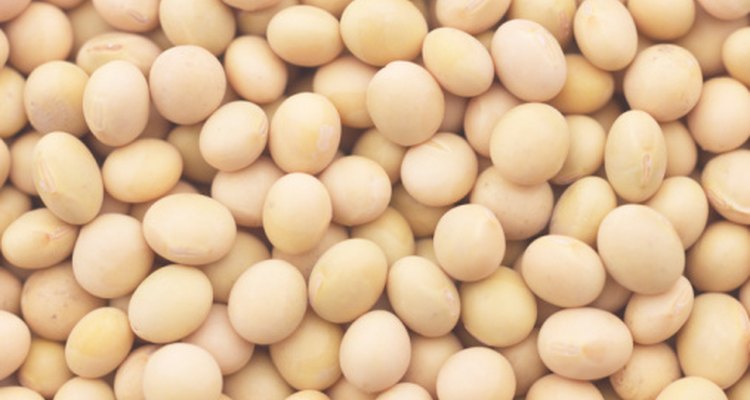
White beans vary from the small, round navy beans used for Boston baked beans to extra-large Greek gigantes. But the most common white bean variety is the Italian cannellini bean, used to make pasta i fagioli and to enhance dishes such as minestrone. They are quite high in fiber and protein, and also deliver a healthy portion of your daily iron needs. Unfortunately, beans' high fiber content is exactly what contributes to what bean expert Steve Sando calls "the flatulence factor." There are a few strategies you can utilize to minimize the gaseous effects of bean-eating.
Soak your beans. This helps loosen and soften the skins and facilitates the release of gas-causing compounds. Some people advocate throwing out the soaking liquid and cooking the beans in a fresh change of water to further reduce intestinal gas symptoms, but bean expert Steve Sando, author of "Heirloom Beans," concurs with food scientists who say this makes little, if any difference.
Cook thoroughly. Undercooked beans cause more gas than well-cooked beans. Allow plenty of time to cook dry white beans, even pre-soaked ones. At least two hours is a good rule-of-thumb.
Add digestion-friendly seasonings. A number of seasonings and flavorings are reputed to aid bean digestion and minimize gas. Which ones you choose to use will depend on how you'd like your finished dish to taste. Garlic, fennel and ginger can all be utilized in this fashion.
Consume probiotics. You can either take a commercial probiotic supplement or simply eat a cup of yogurt with natural cultures. The probiotics aid digestion, balance your intestinal flora and reduce flatulence.
Take an enzyme supplement. There are a handful of these products on the market. The leading brands are Beano and Bean-zyme. These tablets or chewables deliver an enzyme that specifically targets some of the gas-producing compounds found in beans and help break them down into more digestible forms.
Eat more beans. Sando says, "The only thing you can do to prevent gas is to eat beans more often, and your body will learn how to digest them." You'll adjust to a higher-fiber diet and find that the "flatulence factor" gradually dissipates over time.
Related Articles
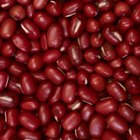
How to Soak Adzuki Beans
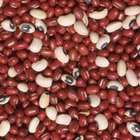
How to Convert Dried Beans to Cooked ...

Spices to Use in Red Beans
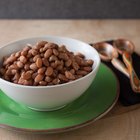
How to Cook Pinto Beans in a Crock Pot

How to Remove Mold From Coffee Beans

Do Beans Cook Faster Covered?

The Nutrition of 15-Bean Soup

What if You Don't Cook Chickpeas Long ...

How to Cook Petai
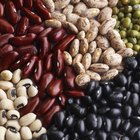
Time Required to Cook Beans in a Crock ...

How to Cook Beans

How to Rehydrate Chickpeas
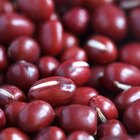
Nutrition Information for Adzuki Beans

Do You Need to Soak Lentils Before ...

Are Bean Sprouts Good for You?

The Nutritional Value of Edamame Beans
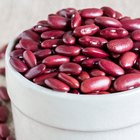
Ten Kinds of High-Fiber Beans
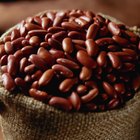
Calorie Count of Beans
Best Crock-Pot Pinto Beans Recipe
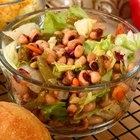
The Best Ways to Cook Fresh Blackeyed ...
References
- "Heirloom Beans"; Steve Sando; 2008
- The Savvy Vegetarian: How To Eat Beans Without Gas
Writer Bio
Lori A. Selke has been a professional writer and editor for more than 15 years, touching on topics ranging from LGBT issues to sexuality and sexual health, parenting, alternative health, travel, and food and cooking. Her work has appeared in Curve Magazine, Girlfriends, Libido, The Children's Advocate, Decider.com, The SF Weekly, EthicalFoods.com and GoMag.com.
Photo Credits
Hemera Technologies/AbleStock.com/Getty Images